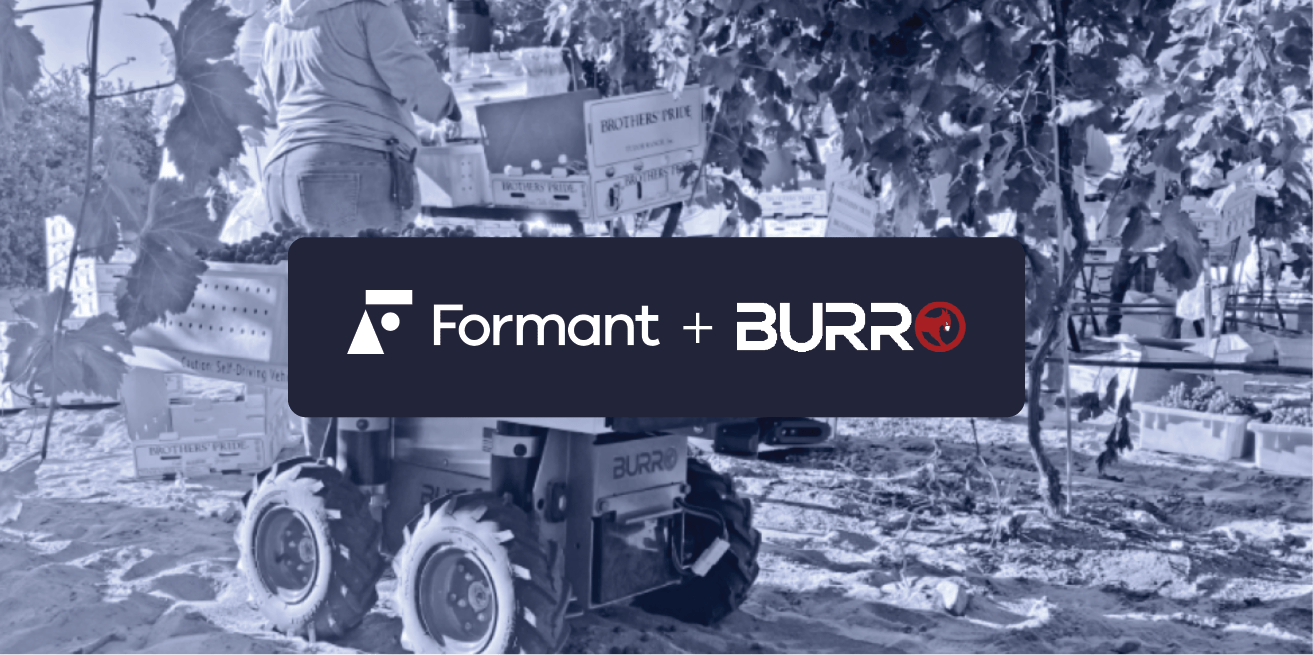What is robot monitoring?
Robot monitoring is the act of monitoring robotic devices via management software to detect potential issues to prevent further impacts on performance and easily respond to errors. It is one of the robot management tasks comprising robot operations.
Robot monitoring software ingests all the data robots send, using it to identify potential issues and alert the operators or maintenance teams. These visual or audible notifications allow for rapid responses to issues.
The goal of robot monitoring is quickly finding and resolving issues and errors, looking for readings and signs that precede an issue and proactively resolving, and using this monitoring data to optimize robot operations. This increases uptime and gets robots working at peak capacity.
Technology to support robot monitoring
Robot monitoring depends on specific technologies. They include:
- Sensors. In addition to all the sensors needed to complete tasks, other sensors report on robot temperature, battery life, location, and other robot health indicators.
- Video. When it comes to understanding the full context of a robot in distress, nothing beats video. Due to improvements in video technology, equipping robots with increasingly smaller video cameras is getting less expensive. Innovators are tackling the video compression challenge to get more information through faster and more affordably.
- Communications. Robots must report their status information. Wireless communications are nearly ubiquitous thanks to speed advancements and price erosion of communication technology. However, for robots depending on public networks or paying for network access, cost and speed remain challenging.
- Cloud. To provide the most comprehensive view of an issue, you want not just the readings and status at the point of failure, but all the data leading up to the issue. To feed this need, frequent sensor readings must be retained. Storing this information in the cloud and only retrieving what is needed to resolve an issue allows for more efficient operations.
- Standards/protocols. For robots to send back information easily aggregated with other data to provide a holistic perspective of the issue or error, standards and protocols are key. They enable management tools and the humans that rely on them to more easily consume the flood of data robots are generating.
- Robot monitoring software dashboard. A robot can send data all day, but software is needed to display it in a useful context, which is where robot monitoring software does some of the heavy lifting. A robot monitoring software solution covering all robot types, for example, saves users from flipping back and forth between various vendor-based monitoring solutions. And data visualization can make the difference between just fixing errors and uncovering root causes.
Moving from reactive to proactive monitoring
In the early days of robot monitoring, the goal was simply responding to errors and resolving them as quickly as possible. Operators can now identify critical indicators of impending issues and implement a proactive solution before downtime occurs. The move from reactive to proactive monitoring is also closely related to the rise in robot operations as a key business function.
Proactive monitoring enables continual observation and a steady stream of tweaks and adjustments to optimize productivity. Some robot monitoring solutions enable users to identify command sets when certain thresholds are met. For example, a robot running low on battery power can be tasked to automatically return home rather than just run out of charge mid-task.
As robot operations matures, sites shift their robot monitoring focus from error response to avoiding errors altogether and discovering new opportunities to make robots more efficient and effective.


